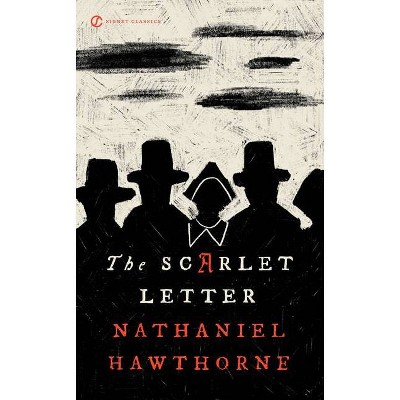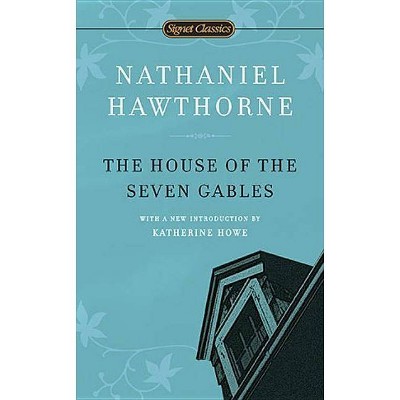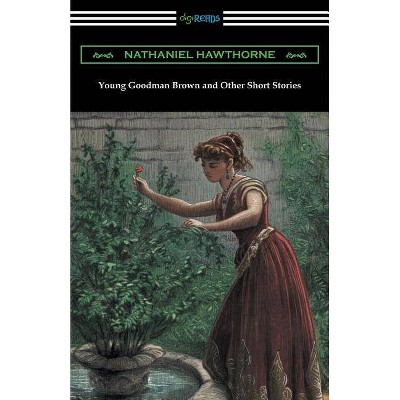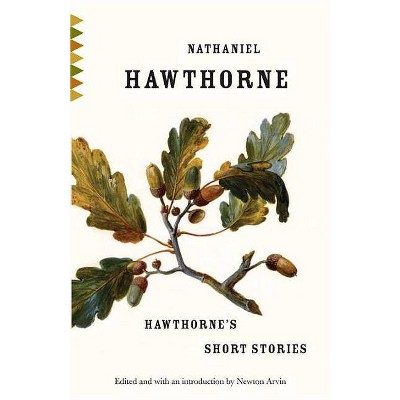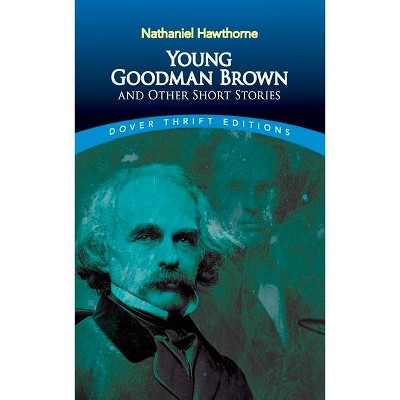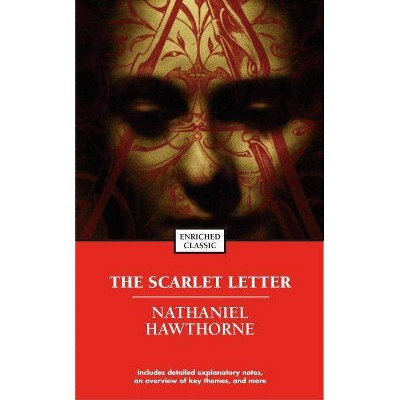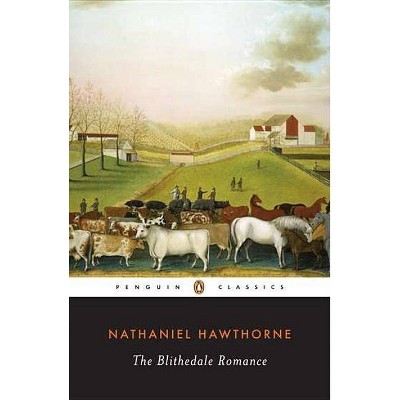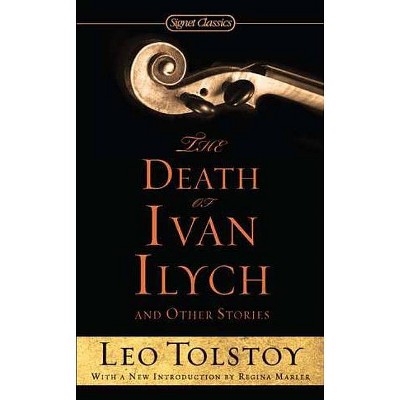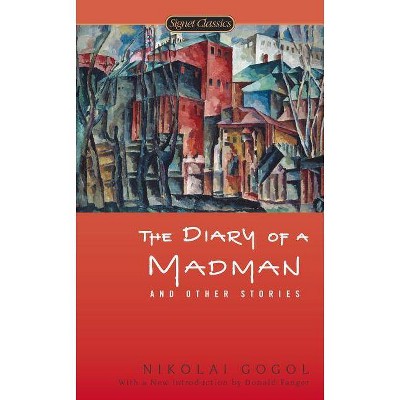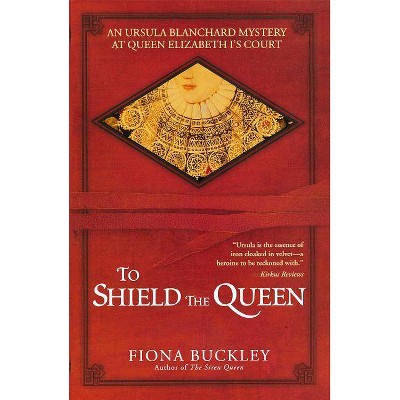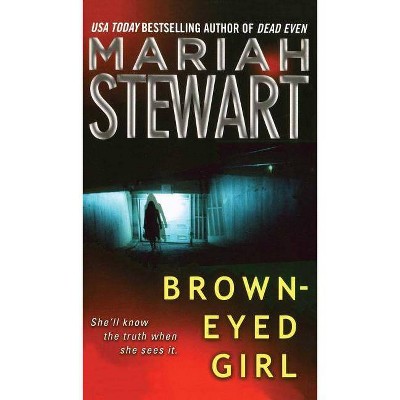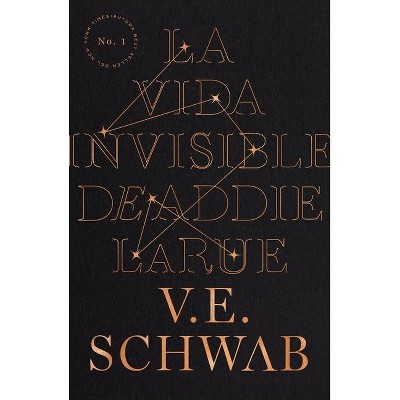The Celestial Railroad and Other Stories - (Signet Classics) by Nathaniel Hawthorne (Paperback)
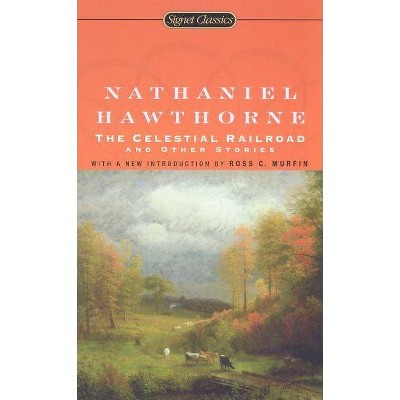
Similar Products
Products of same category from the store
AllProduct info
<p/><br></br><p><b> About the Book </b></p></br></br>This collection of Hawthorne's most powerful and penetrating short stories includes the classics "Young Goodman Brown" and "The Minister's Black Veil." Revised reissue.<p/><br></br><p><b> Book Synopsis </b></p></br></br>Of Nathaniel Hawthorne's insight into the Puritan's simultaneous need for fulfillment and self-destruction, D. H. Lawrence wrote, "Nathaniel knew disagreeable things in his inner soul. He was careful to send them out in disguise." By means of artfully crafted and compelling tales, Hawthorne explored the destinies and concerns of early American settlers and citizens. In several of the stories in this collection, characters who hold themselves apart from their fellow man fall prey to the corroding desires of lust for perfection. Then they unwittingly commit evils--against themselves and others--in the name of pride. Edgar Allan Poe noted of Hawthorne's writing: "Every word tells, and there is not a word which does not tell."<p/><br></br><p><b> Review Quotes </b></p></br></br><br>"He is an aesthetic solitary. His beautiful, light imagination is the wing that on the autumn evening just brushes the dusky window."--Henry James<br><p/><br></br><p><b> About the Author </b></p></br></br>Nathaniel Hawthorne was born on July 4, 1804, in Salem, Massachusetts, the son and grandson of proud New England seafarers. He lived in genteel poverty with his widowed mother and two young sisters in a house filled with Puritan ideals and family pride in a prosperous past. His boyhood was, in most respects, pleasant and normal. In 1825 he was graduated from Bowdoin College, Brunswick, Maine, and he returned to Salem determined to become a writer of short stories. For the next twelve years he was plagued with unhappiness and self-doubts as he struggled to master his craft. He finally secured some small measure of success with the publication of his <i>Twice-Told Tales</i> (1837). His marriage to Sophia Peabody in 1842 was a happy one. <i>The Scarlet Letter </i>(1850), which brought him immediate recognition, was followed by <i>The House of the Seven Gables</i> (1851). After serving four years as the American Consul in Liverpool, England, he traveled in Italy; he returned home to Massachusetts in 1860. Depressed, weary of writing, and failing in health, he died on May 19, 1864, at Plymouth, New Hampshire.<br><p>Ross C. Murfin, professor of English at and former provost of Southern Methodist University, has also taught at the University of Virginia, Yale University, and the University of Miami, where he was Dean of the College of Arts and Sciences. He is the author of such books as <b>Swinburne</b>, Hardy, <b>Lawrence and the Burden of Belief</b> and <b>The Poetry of D. H. Lawrence: Texts and Contexts</b>. He is coauthor, with Supryia Ray, of <b>The Bedford Glossary of Critical and Literary Terms</b> (second edition) and series editor of Bedford/St. Martin's popular <b>Case Studies in Contemporary Criticism</b>.</p>
Price History
Price Archive shows prices from various stores, lets you see history and find the cheapest. There is no actual sale on the website. For all support, inquiry and suggestion messages communication@pricearchive.us
